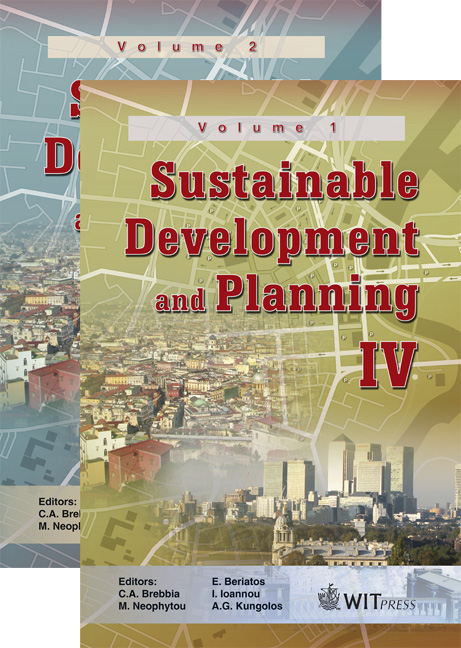A Sustainable Planning Approach For Science Parks: The Case Of The Southern Taiwan Science Park
Price
Free (open access)
Transaction
Volume
120
Pages
10
Page Range
141 - 150
Published
2009
Size
348 kb
Paper DOI
10.2495/SDP090141
Copyright
WIT Press
Author(s)
S.-F. Kung & Y.-C. Yen
Abstract
This study addresses the new challenges facing the planning confliction for science parks and how it may be solved in a sustainable way in the case of the Southern Taiwan Southern Park (STSP). From the sustainable perspective, the problems can be classified into three parts. Firstly, the site is located in a lowlying area with flooding problems, which is also a historical area with highvalued cultural assets. Secondly, the semiconductor industries developing successfully in the northern region could not be embedded in local economic development; in contrast to TFT-LCD, they can already compete with other well-performing industries that have been developed over the past 20 years. Thirdly, there is a trend that science parks could be a growth-pole to accelerate regional development, but when this was put into practice, it interfered with local and central government’s resource-seeking confliction and integration problems. In general, most of the problems are unanticipated and solved through learning by doing. In this paper, we conceptualize the process of how to govern the formation of the STSP, propose five important factors for the practical planning works, and hope this experience could be an important model for future planning. Keywords: science parks, sustainable development, planning theory. 1 Introduction Stanford Research Park in California, USA, is commonly regarded as the first planned science park in the world. It tries to attract entrepreneurs setting up companies or research and development facilities adjacent to a university. Due to
Keywords
science parks, sustainable development, planning theory.





